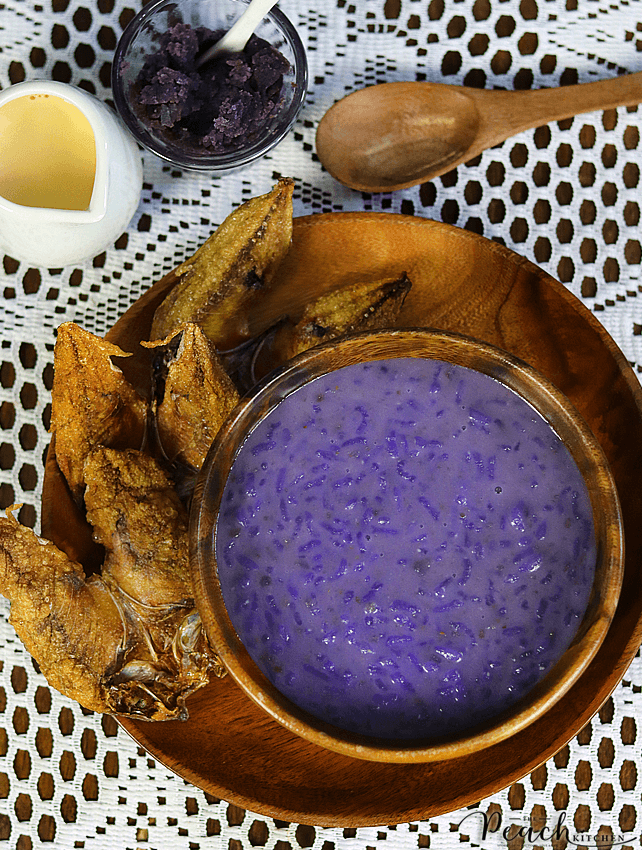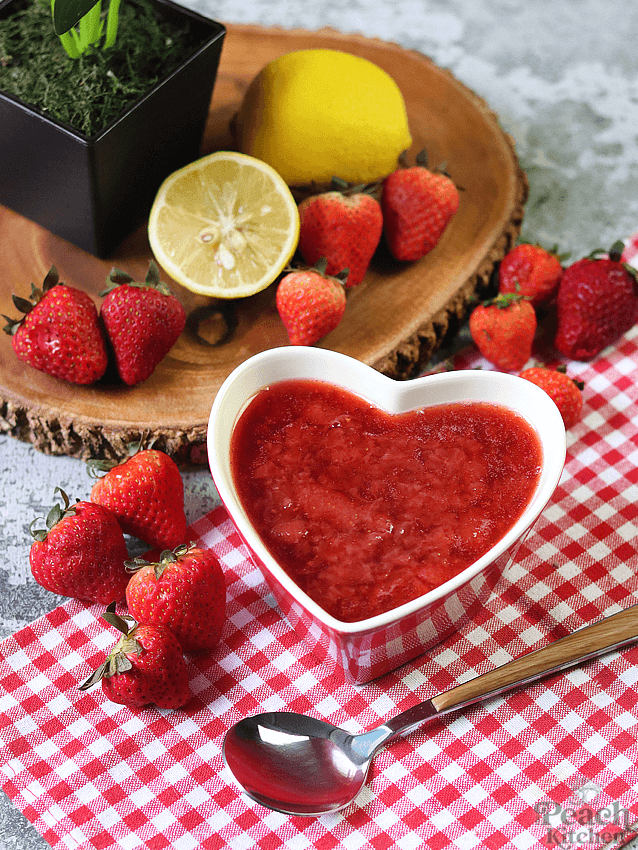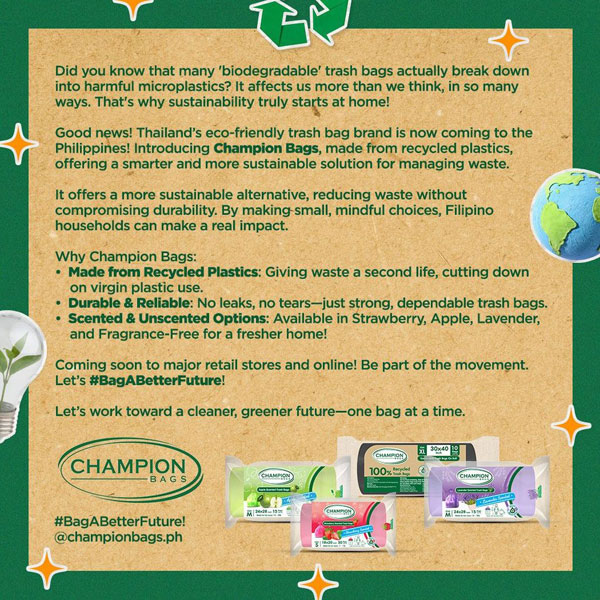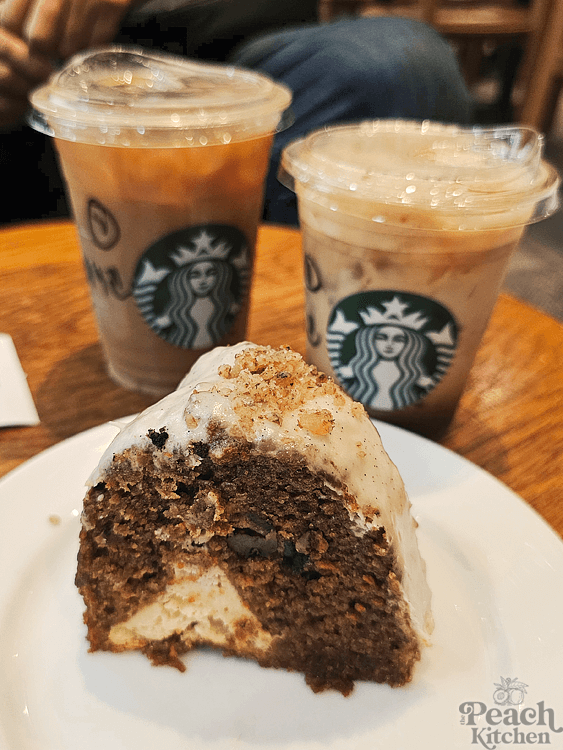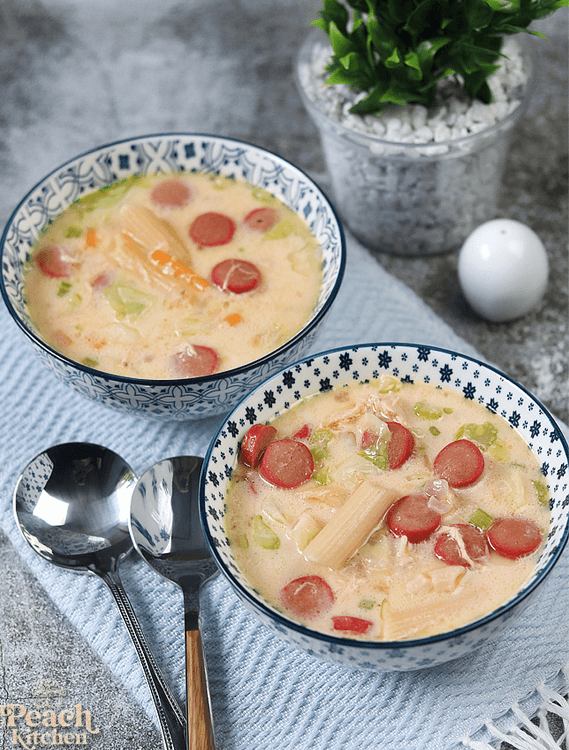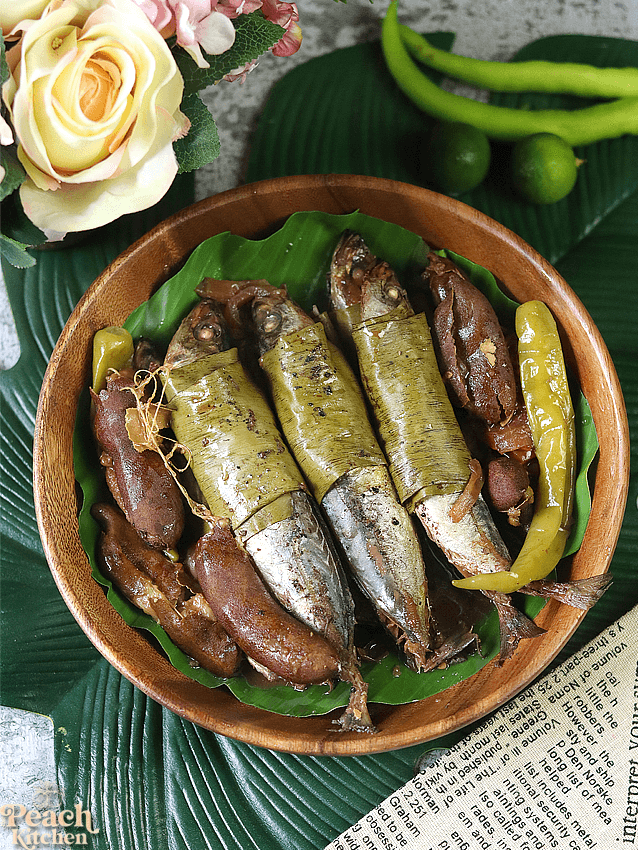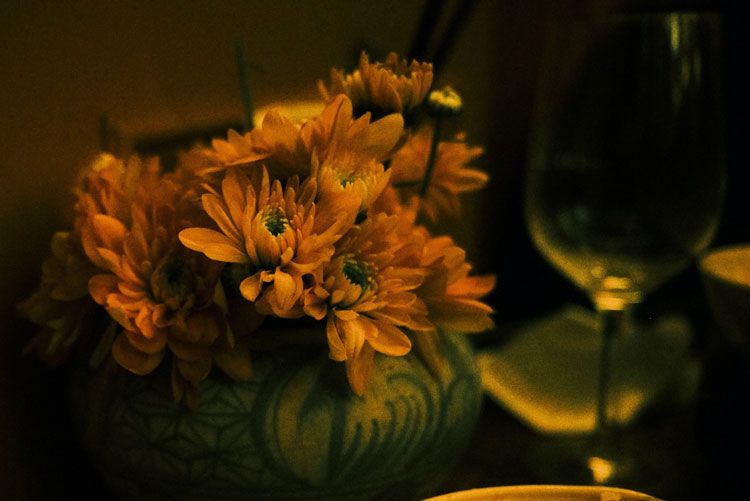
Introduction:
Flowers have a sensory impact that extends beyond sight. This article explores how flowers affect our taste, smell, and mood, offering a multisensory experience.
When we think of flowers, the first thing that often comes to mind is their visual beauty – the vibrant colors and intricate patterns that adorn our gardens and homes. However, flowers are more than just eye candy; they engage our senses in a myriad of ways, enriching our lives with their beauty, flavors, scents, and therapeutic benefits. In this article, we embark on a journey to explore how flowers stimulate our senses, making us appreciate these natural wonders on a whole new level. Consider extending this sensory experience by choosing to send flowers to West Palm Beach, allowing the enchanting essence of blooms to transcend the visual and bring a multi-sensory delight to someone’s day in this sunny locale.
The Taste of Flowers: Culinary Delights
Imagine taking a bite of a delicate salad adorned with a sprinkling of colorful petals. The explosion of flavors in your mouth goes beyond what you might expect from a typical salad. This is the magic of edible flowers, which have been used in cooking for centuries to enhance both the taste and visual appeal of dishes.
Edible flowers like nasturtiums, pansies, and violets are not only pleasing to the eye but also tantalize our taste buds. They bring a subtle, unique flavor to dishes, ranging from peppery to citrusy, and even slightly sweet. These blooms are not just decorative; they are culinary delights waiting to be explored.
Nasturtium flowers, for instance, add a peppery kick to salads and are often used as a substitute for capers in various recipes. The vivid orange and yellow petals of calendula flowers lend a mild, earthy flavor that complements soups and stews. And don’t forget the classic use of rose petals in Middle Eastern cuisine, where their delicate fragrance and subtle sweetness enhance dishes like baklava and rosewater-infused beverages.
Incorporating edible flowers into your culinary repertoire is not only a feast for the senses but also a way to elevate your dining experience. The next time you whip up a salad or prepare a dessert, consider adding some edible blooms to delight your taste buds and impress your guests.
Aromatic Blooms: Fragrance and Well-Being
The fragrance of flowers has a profound impact on our well-being and emotions. It’s no wonder that floral scents are a cornerstone of aromatherapy, a holistic healing practice that harnesses the power of plant essences to promote relaxation, relieve stress, and uplift the spirit.
The sweet, soothing aroma of lavender flowers, for instance, is known for its calming effects. Just a few drops of lavender essential oil or a sachet of dried lavender blossoms can help ease anxiety and improve sleep quality. The scent of roses is associated with love and romance, evoking feelings of happiness and warmth. Meanwhile, the invigorating scent of citrus blossoms, like that of orange or lemon flowers, can boost your mood and energy levels.
Flowers have the remarkable ability to transport us to different emotional states through their scents. They can calm our nerves after a long day, bring comfort during difficult times, or simply lift our spirits with their natural fragrance. Incorporating floral scents into your daily life through candles, essential oils, or potpourri can be a simple yet effective way to enhance your overall well-being.
Floral Gardens for the Senses: A Feast for Sight and Smell
While individual flowers can be delightful, imagine an entire garden designed to engage all your senses simultaneously. Sensory gardens are carefully crafted spaces where the combination of colors, fragrances, and textures offers a multisensory experience like no other.
In a sensory garden, you might stroll along meandering pathways lined with aromatic herbs and flowers. The rustling of leaves and the gentle hum of bees create a soothing soundtrack. The vibrant hues of blossoms and foliage stimulate your sense of sight, while the scents of lavender, roses, and mint waft through the air, invigorating your sense of smell.
These gardens are not only aesthetically pleasing but also therapeutic. They provide a serene escape from the hustle and bustle of daily life, allowing you to reconnect with nature and rejuvenate your senses. Sensory gardens can be found in public parks, botanical gardens, and even in your own backyard, offering a delightful retreat for relaxation and contemplation.
Conclusion:
Flowers engage our senses in diverse ways, enriching our lives with their beauty, flavors, scents, and therapeutic benefits.
Flowers are not merely decorative elements in our lives; they are powerful agents that engage our senses on multiple levels. Whether we’re savoring the unique flavors of edible blooms, basking in the soothing scents of aromatherapy, or immersing ourselves in the sensory wonderland of a garden, flowers have the ability to enrich our lives in countless ways.
So, the next time you come across a blooming garden or a plate adorned with edible petals, take a moment to appreciate the multisensory experience that flowers offer. They not only bring beauty to our world but also touch our taste buds, soothe our souls, and enhance our overall well-being. In the world of flowers, there’s more than meets the eye – there’s a symphony of taste, smell, and emotion waiting to be discovered.




